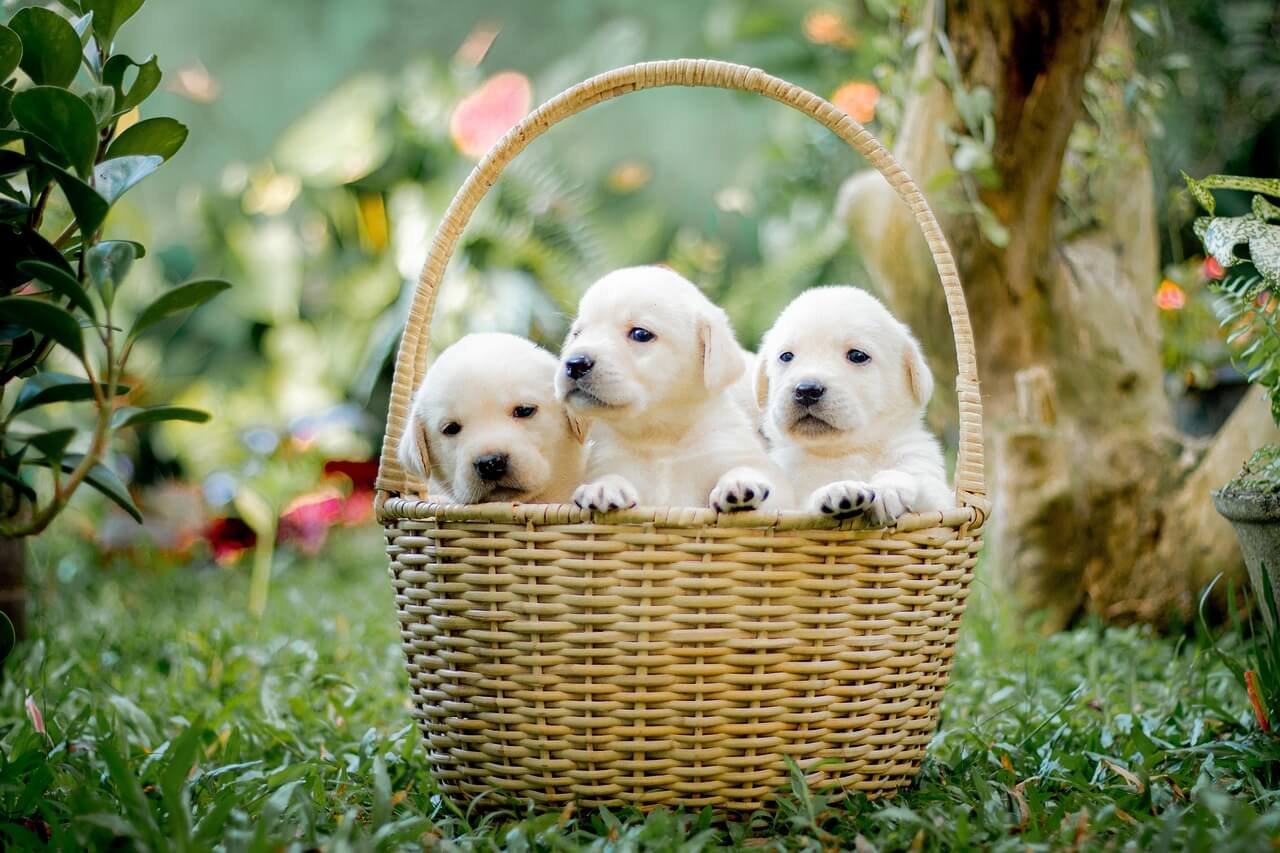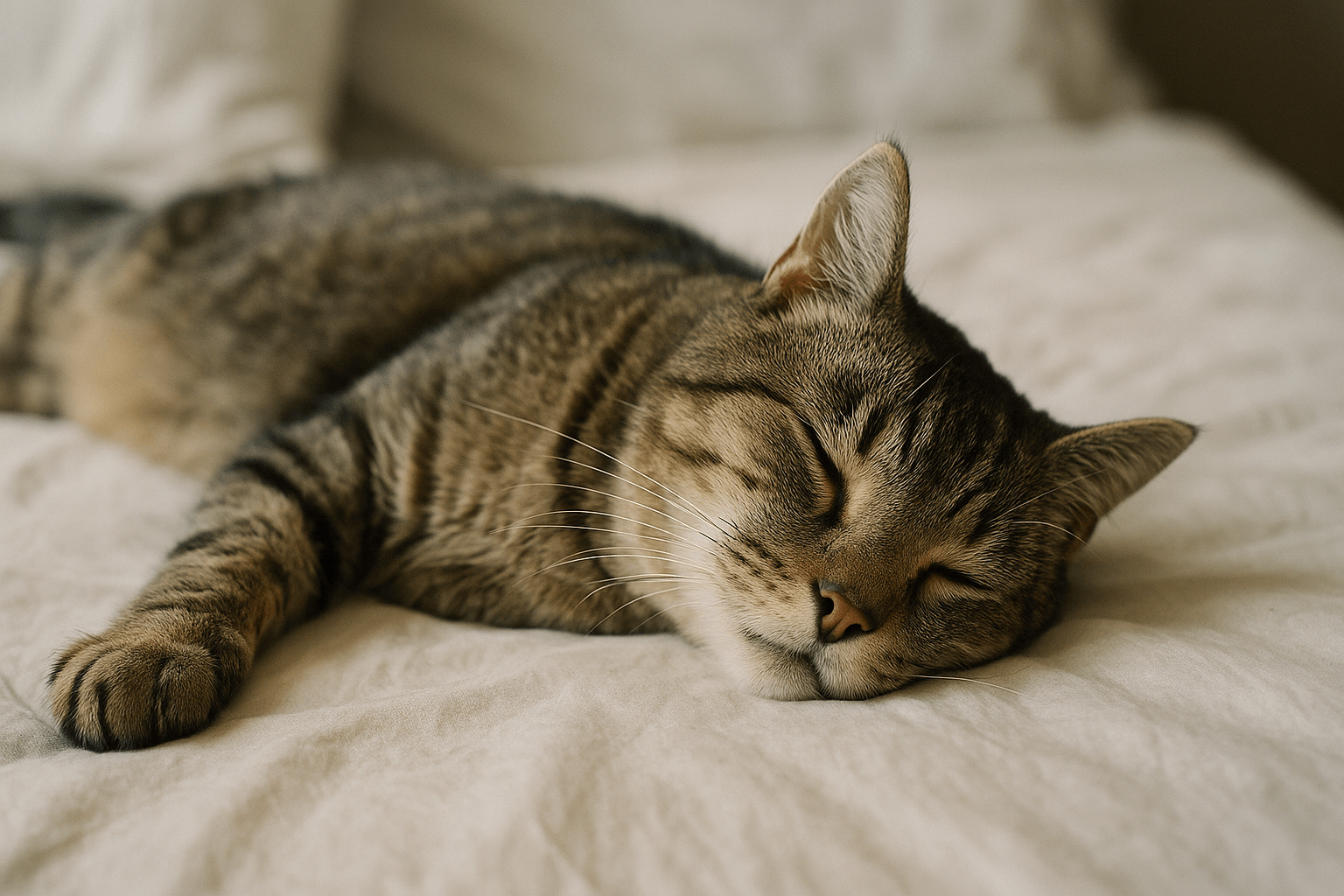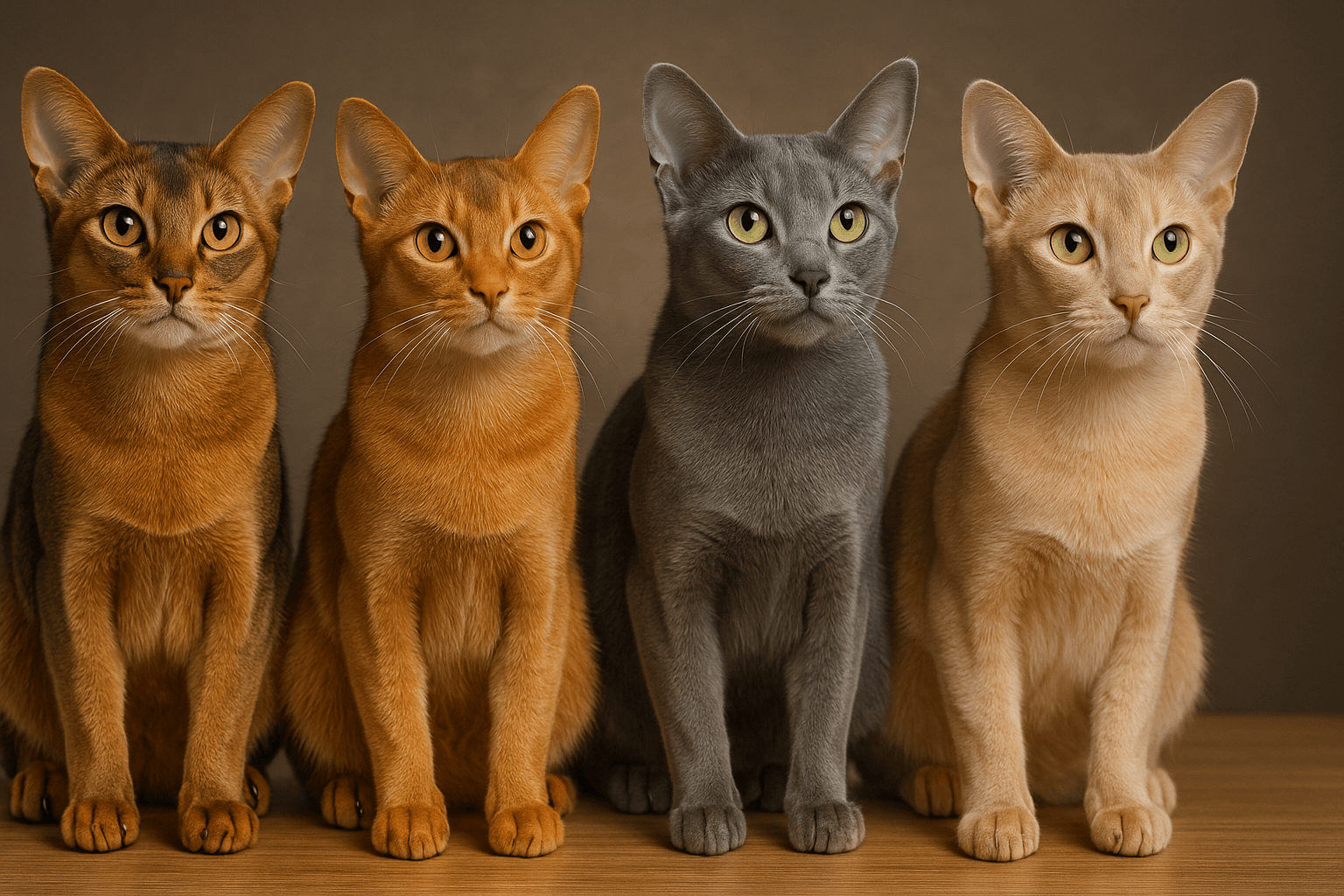How to Tell if Your Dog is in Heat for the First Time
If you’re a first-time dog owner, recognizing when your dog is in heat can feel overwhelming. Understanding this natural process is crucial for managing your dog’s health and ensuring their well-being. The heat cycle, also known as estrus, is a period when a female dog becomes fertile and ready to mate. It typically begins between six and twelve months of age but varies depending on the breed and size of your dog. Knowing the signs of heat helps you prepare for potential behavioral changes, prevent unwanted pregnancies, and address any concerns that may arise.
Let’s explore how to identify if your dog is in heat for the first time and what steps you should take to support them during this phase.
Physical Signs That Indicate Your Dog is in Heat
The first signs of heat are often physical and easy to observe if you know what to look for. These changes signal that your dog’s body is preparing for reproduction.
Swollen Vulva:
One of the earliest indicators is swelling around the vulva. This area may appear larger than usual and feel softer to the touch.Bloody Discharge:
A light to moderate bloody discharge is common during the initial stages of the heat cycle. The color and amount may vary over time.Excessive Licking:
Your dog may lick her genital area more frequently to clean herself or alleviate discomfort caused by swelling.Changes in Appetite:
Some dogs experience fluctuations in appetite, eating less or more than usual due to hormonal shifts.Increased Urination:
Frequent urination is another sign, as your dog may mark her territory to signal her availability to male dogs.
Recognizing these physical signs allows you to monitor your dog’s condition closely and provide appropriate care during this sensitive time.

Behavioral Changes During the Heat Cycle
In addition to physical symptoms, your dog’s behavior may shift significantly when she enters her first heat. These changes can help you confirm that your dog is indeed in heat.
Restlessness and Agitation:
Your dog may seem restless, pacing around the house or unable to settle down comfortably.Mounting Behavior:
Some dogs exhibit mounting behavior, either on objects, other dogs, or even people, as a response to hormonal urges.Increased Affection:
Many dogs become clingier and seek extra attention from their owners during this time.Aggression Toward Other Dogs:
Female dogs in heat may display territorial or defensive behavior, especially toward other females or intact males.Roaming Tendencies:
If not properly supervised, your dog might attempt to escape in search of male companionship.
Understanding these behavioral cues ensures you can respond appropriately and keep your dog safe during her heat cycle.
Check this guide 👉Can I Breed My Dog on Her First Heat? Best 7 Tips!
Check this guide 👉Can a Dog Get Pregnant When Not in Heat? Best 7 Expert Tips!
Check this guide 👉How to Comfort a Dog in Heat: Best 7 Tips!
Signs of Heat in Dogs | What You Should Do |
|---|---|
Swollen vulva | Monitor for discomfort and cleanliness |
Bloody discharge | Use doggy diapers to protect furniture |
Excessive licking | Provide gentle cleaning assistance |
Increased urination | Take frequent potty breaks outdoors |
Restlessness and agitation | Offer calming activities like walks |
How to Care for Your Dog During Her First Heat
Proper care during your dog’s first heat cycle is essential to ensure her comfort and minimize stress. Here are some practical tips to guide you through this period.
Keep Her Clean:
Use dog-safe wipes or warm water to clean her genital area regularly and prevent infections.Use Dog Diapers:
Invest in reusable or disposable dog diapers to manage discharge and protect your home.Supervise Outdoor Time:
Always accompany your dog outside on a leash to avoid encounters with male dogs seeking to mate.Provide Mental Stimulation:
Engage your dog with toys, puzzles, or short training sessions to distract her from restlessness.Maintain a Calm Environment:
Reduce noise and chaos at home to create a soothing atmosphere for your dog.
By following these care tips, you can make your dog’s first heat cycle as comfortable and stress-free as possible.
Preventing Unwanted Pregnancies During Heat
One of the biggest concerns during your dog’s heat cycle is preventing accidental mating. Taking proactive measures safeguards both your dog and the community.
Keep Her Indoors:
Limit outdoor exposure unless absolutely necessary, and always supervise her when outside.Secure Your Yard:
Ensure fences and gates are secure to prevent your dog from escaping and encountering male dogs.Avoid Dog Parks:
Refrain from visiting dog parks or public areas where intact male dogs may be present.Neuter After the First Heat (Optional):
Spaying your dog after her first heat reduces the risk of future pregnancies and certain health issues.Communicate with Neighbors:
Inform neighbors with intact male dogs about your dog’s condition to avoid unexpected interactions.
Taking these precautions protects your dog and gives you peace of mind during this challenging time.
Common Misconceptions About Dogs in Heat
There are several myths surrounding dogs in heat that can lead to confusion among pet owners. Clarifying these misconceptions ensures you make informed decisions.
Myth: All Dogs Bleed Heavily During Heat:
While some dogs produce noticeable discharge, others may have minimal bleeding, which is still normal.Myth: Heat Cycles Are Painful for Dogs:
Heat itself isn’t painful, though swelling and hormonal changes may cause mild discomfort.Myth: Spaying Prevents Behavioral Issues Completely:
While spaying reduces certain behaviors linked to hormones, personality traits remain largely unaffected.Myth: Only Outdoor Dogs Experience Heat Symptoms:
Indoor dogs experience heat just like outdoor dogs; lifestyle doesn’t alter the biological process.Myth: Dogs Can’t Get Pregnant Outside Their Heat Window:
Fertility peaks during heat, but there’s still a small chance of pregnancy shortly after the cycle ends.
Debunking these myths empowers you to better understand and care for your dog during her heat cycle.
Products to Help Manage Your Dog’s Heat Cycle
Managing your dog’s heat cycle can be easier with the right tools and products. These items simplify care and reduce stress for both you and your dog.
Dog Diapers:
Absorbent diapers catch discharge and keep your home clean without restricting movement.Dog Wipes:
Specially formulated wipes clean sensitive areas gently and efficiently.Calmative Supplements:
Natural supplements containing ingredients like chamomile or melatonin can ease anxiety and restlessness.Interactive Toys:
Puzzle feeders and treat-dispensing toys keep your dog mentally engaged and distracted.Leash Extensions:
Retractable leashes allow controlled freedom during supervised outdoor playtime.
Using these products makes caring for your dog during heat more manageable and enjoyable.
When to Consult a Veterinarian
While most heat cycles progress smoothly, certain situations warrant a visit to the vet. Recognizing warning signs ensures your dog receives timely medical attention.
Excessive Bleeding:
Heavy or prolonged bleeding could indicate an underlying health issue requiring professional evaluation.Persistent Lethargy:
If your dog seems unusually tired or uninterested in activities, consult your vet to rule out complications.Signs of Infection:
Redness, swelling, or foul odors near the vulva may signal an infection that needs treatment.Unexplained Aggression:
Sudden aggressive behavior beyond typical hormonal changes should be assessed by a veterinarian.Skipping Heat Cycles:
Missing a heat cycle entirely could indicate irregularities such as hormonal imbalances or reproductive disorders.
Seeking veterinary advice when needed ensures your dog stays healthy and happy throughout her heat cycle.
Frequently Asked Questions About Dogs in Heat
At what age does a dog typically go into heat for the first time?
Most dogs experience their first heat between six and twelve months old, though smaller breeds may start earlier.
How long does a dog’s heat cycle last?
On average, a heat cycle lasts about two to four weeks, depending on the individual dog.
Can I bathe my dog while she’s in heat?
Yes, but use lukewarm water and avoid harsh shampoos to prevent irritation.
Should I let my dog mate during her first heat?
It’s generally recommended to wait until after her second or third heat before considering breeding.
Are there any risks associated with spaying during or after a heat cycle?
Spaying during heat carries slightly higher risks due to increased blood flow; vets usually recommend waiting until the cycle ends.
Supporting Your Dog Through Her First Heat Cycle
Your dog’s first heat cycle marks an important milestone in her life, requiring patience, understanding, and attentive care. By recognizing the signs, addressing behavioral changes, and implementing preventive measures, you can ensure your dog remains healthy and comfortable throughout this process. Remember, this phase is temporary, and with proper guidance, you’ll navigate it successfully. Whether you choose to spay your dog afterward or allow her to continue cycling naturally, prioritizing her well-being strengthens the bond you share and sets the foundation for a lifetime of trust and companionship.
Why Is My Cats Second Eyelid Showing? Best 7 Expert Tips! Understand causes, health signs, and how to respond when your cat’s third eyelid becomes visible.
How Do I Know If My Cat Died Peacefully? Best 7 Expert Tips! Discover the quiet signs of a peaceful feline passing and find comfort in their final moments.
Cat Allergy Eyes: Best 7 Expert Tips! Discover why your eyes react to cats and learn proven strategies for relief—without giving up your feline friend.
Why Do Abyssinian Cat Colors Matter? Best 7 Expert Tips! Discover the genetics, rare hues, and care secrets behind Abyssinian coat colors for a healthier, happier cat.





